Fold
Unfold Fold Again (A choreography amongst
images)
the image not as a static object, but as an ongoing event.
the image not as a static object, but as an ongoing event.
‘The act of deciding how images will move in space
also : the movements that are done by images and spectators in space.’
also : the movements that are done by images and spectators in space.’
fold
unfold
fold
again
a choreography
amongst images
again
the act of folding
feels like framing
again
no scale
no frame
again
touching borders
stretching the frame
again
in search of a state
it was before
and again
something different happens, again
unfold
fold
again
a choreography
amongst images
again
the act of folding
feels like framing
again
no scale
no frame
again
touching borders
stretching the frame
again
in search of a state
it was before
and again
something different happens, again
when you see
again
what is it
again
what you expect
again
it is
reinventing
again
a fascimile, but
again
nor a fixed choreograhpy
nor a fixed line
again
translucent
again
in between
a pulse
a rhyme
a time
again
what is it
again
what you expect
again
it is
reinventing
again
a fascimile, but
again
nor a fixed choreograhpy
nor a fixed line
again
translucent
again
in between
a pulse
a rhyme
a time
again
itself
never referring
again
in between
drawing lines and movement
again
a rhytm
again
several times the same
the different
still
again
smallest details
disappearing
again
again
resonating
rehearsing
itself
never referring
again
in between
drawing lines and movement
again
a rhytm
again
several times the same
the different
still
again
smallest details
disappearing
again
again
resonating
rehearsing
again
as if anew
comosing
building
weaving
again
an extension
again
along sightlines
a dance
again
momentary matter
again
disoriented
again
beyond
again
fold
unfold
fold
again
as if anew
comosing
building
weaving
again
an extension
again
along sightlines
a dance
again
momentary matter
again
disoriented
again
beyond
again
fold
unfold
fold
again



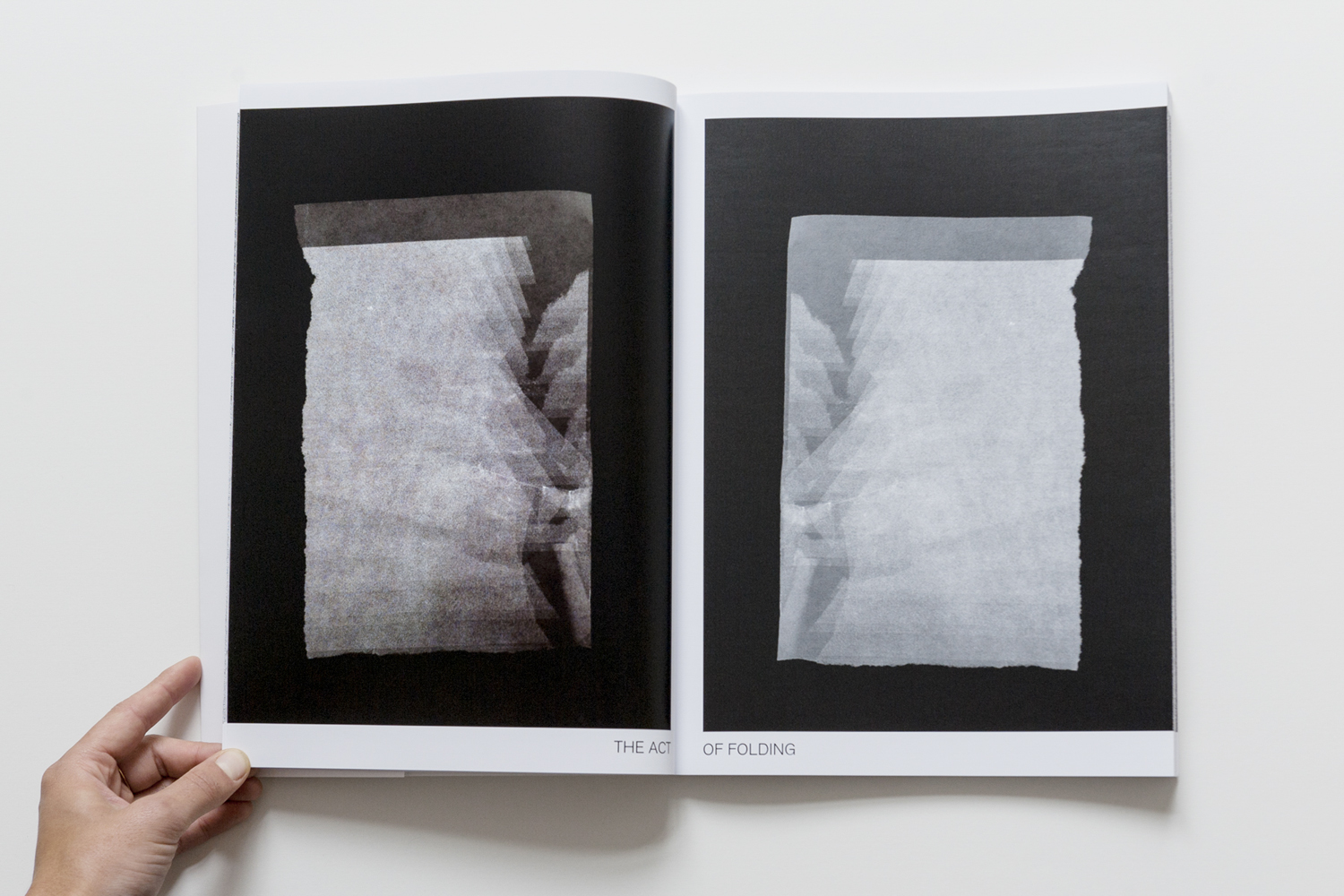

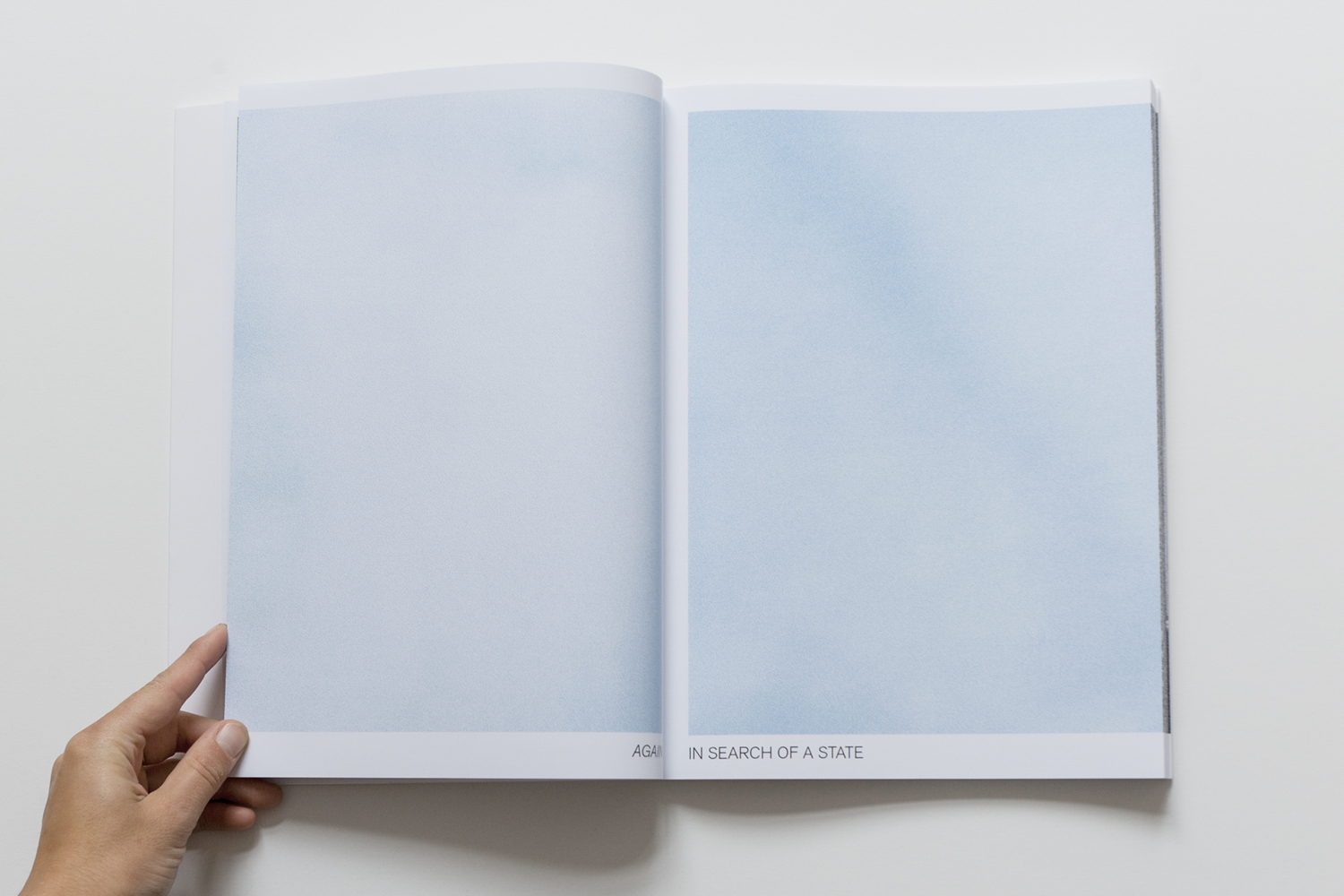


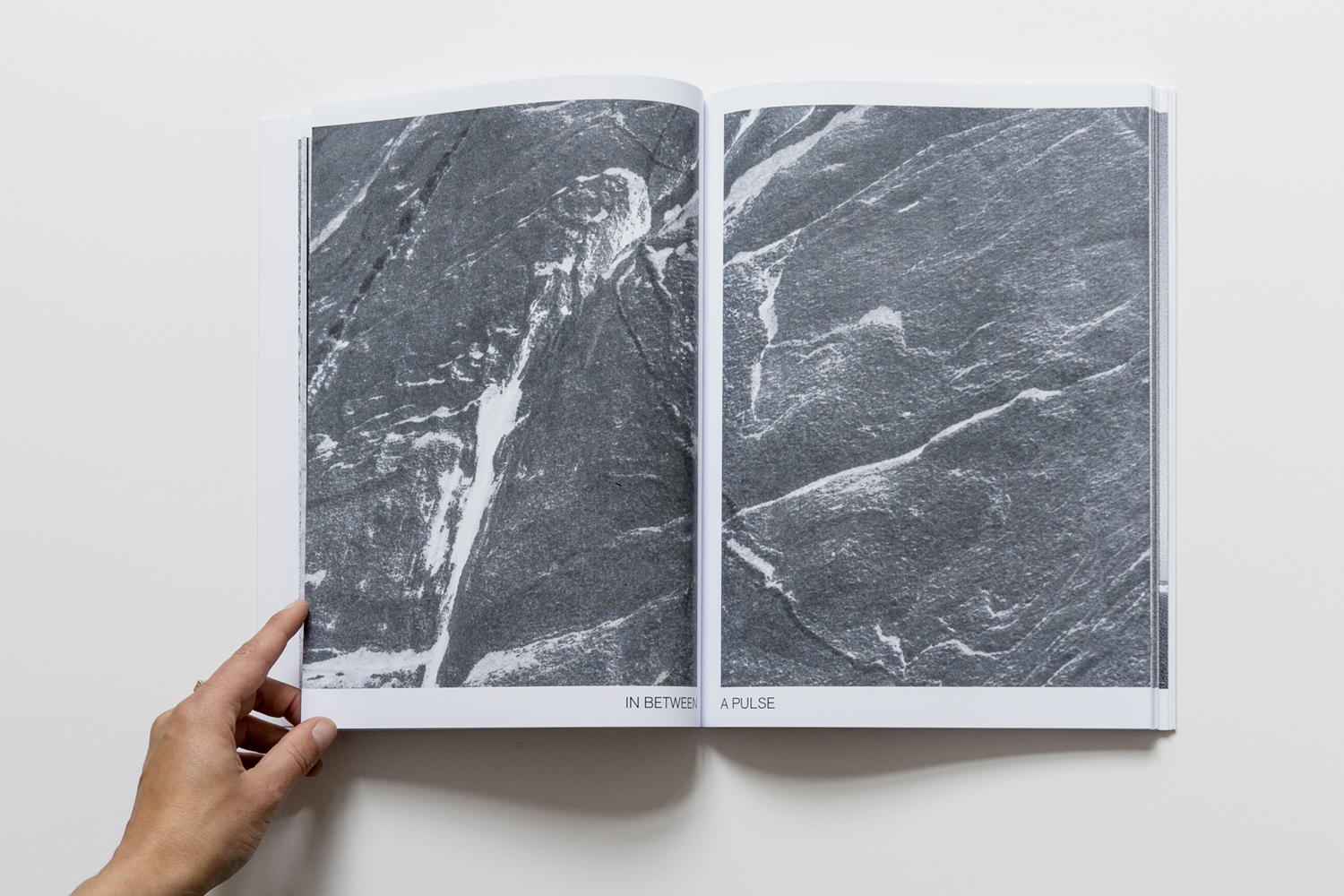
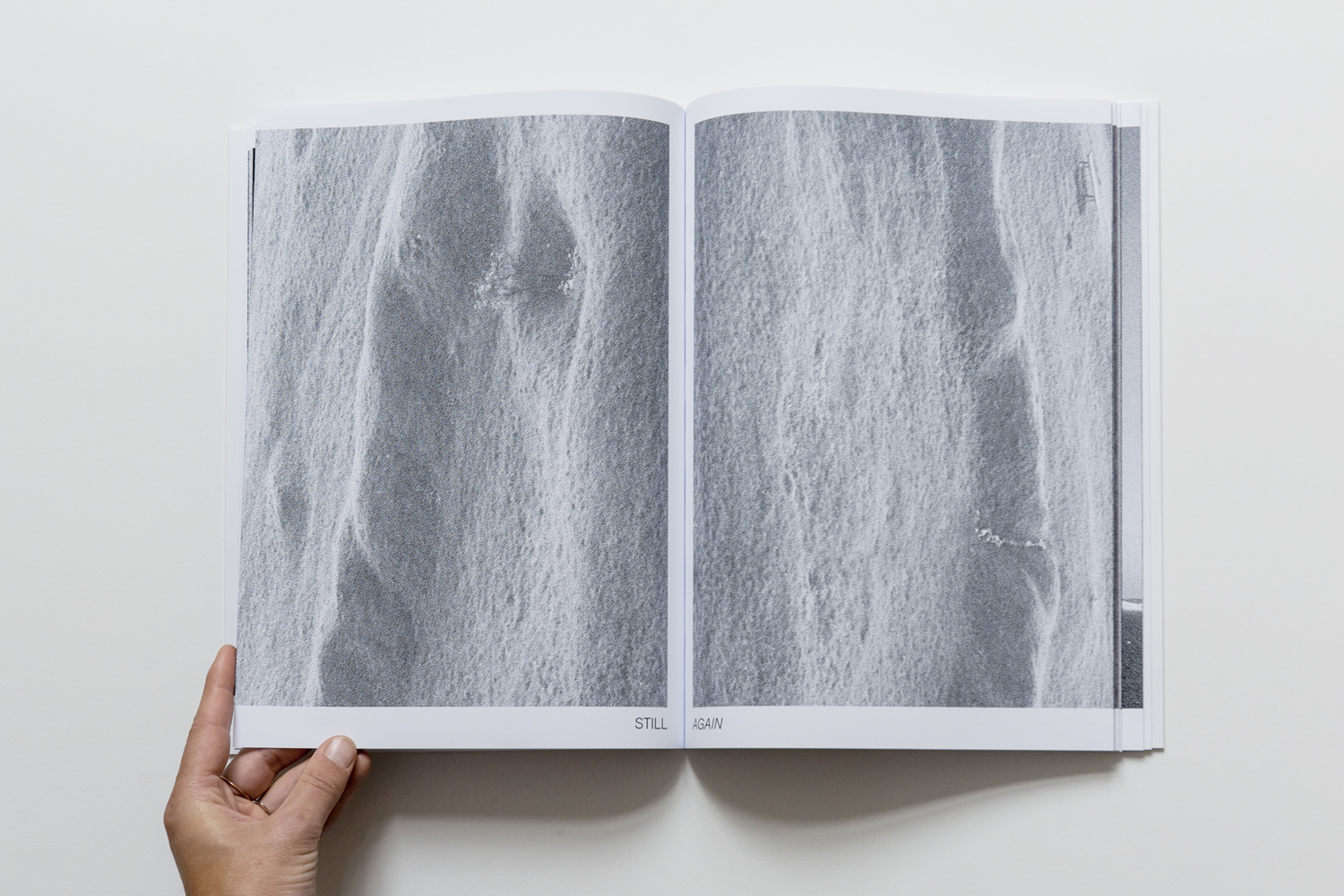
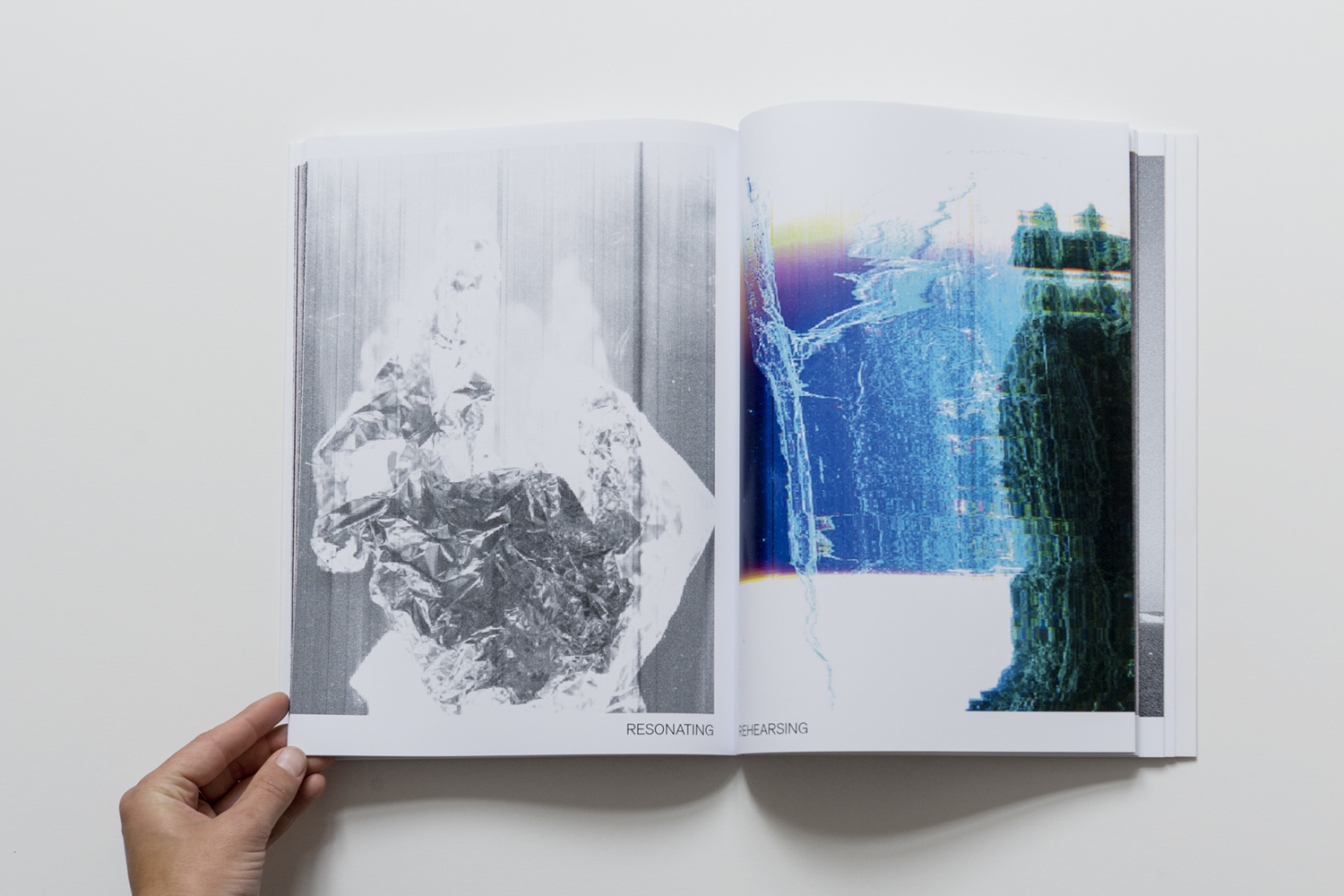
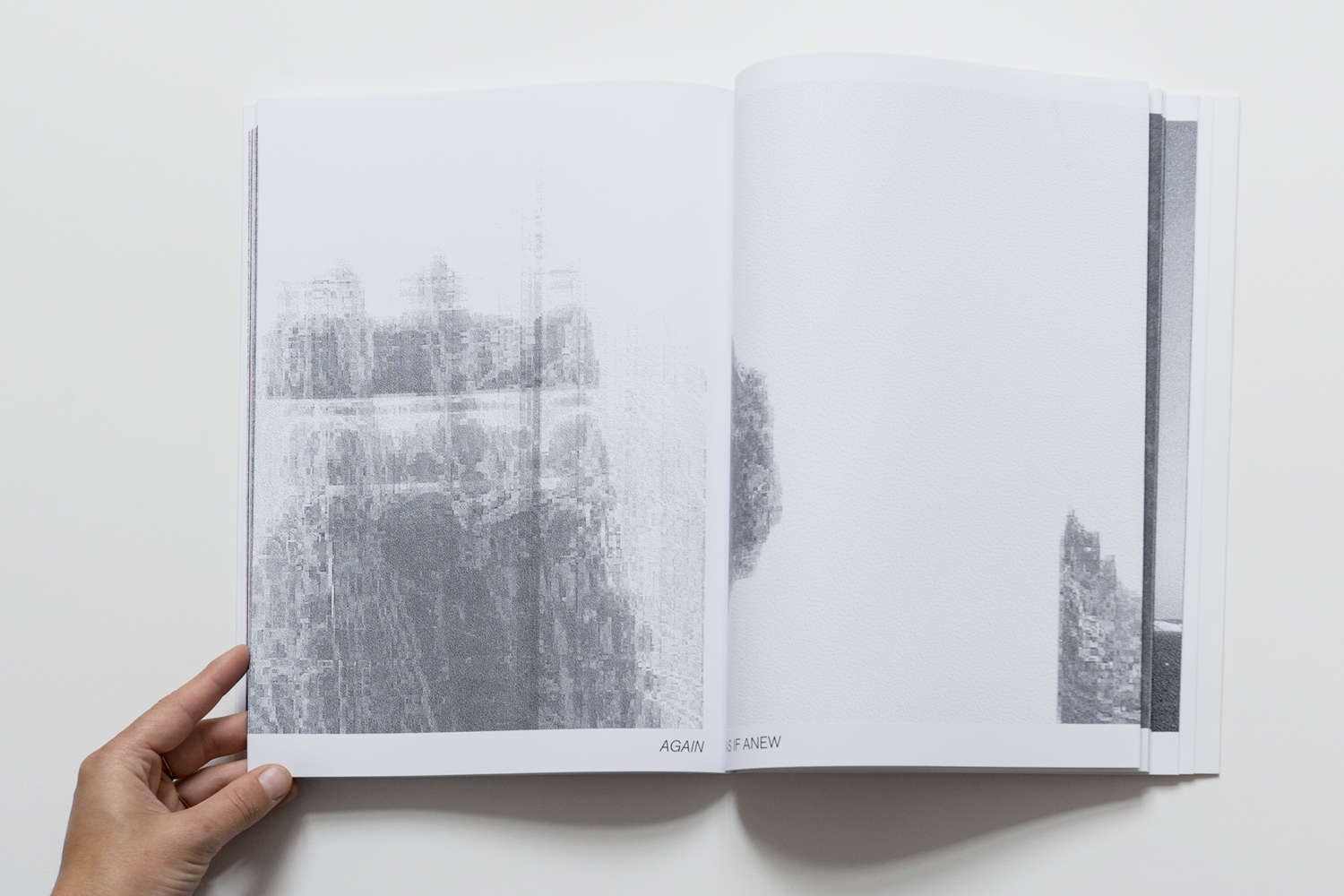
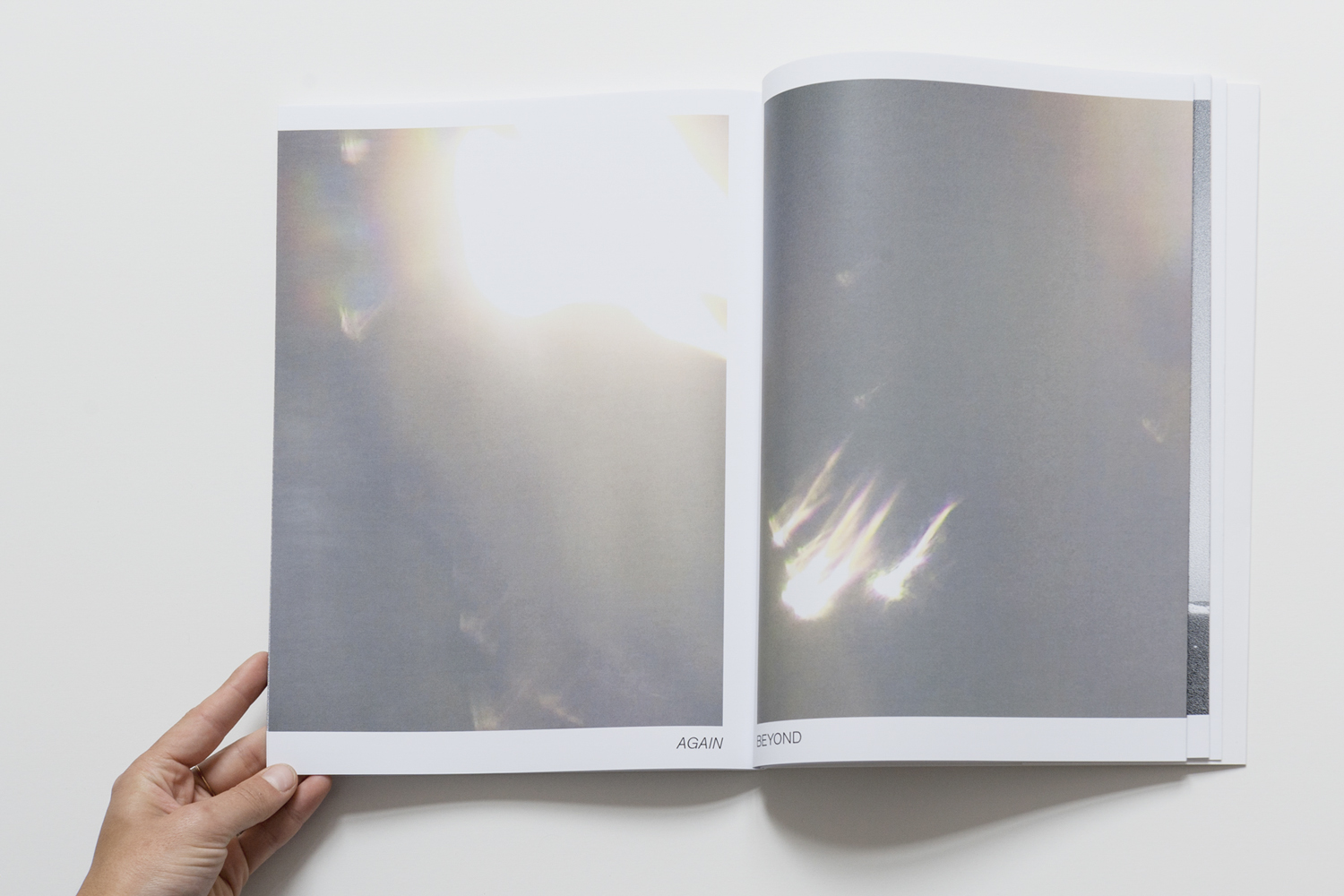

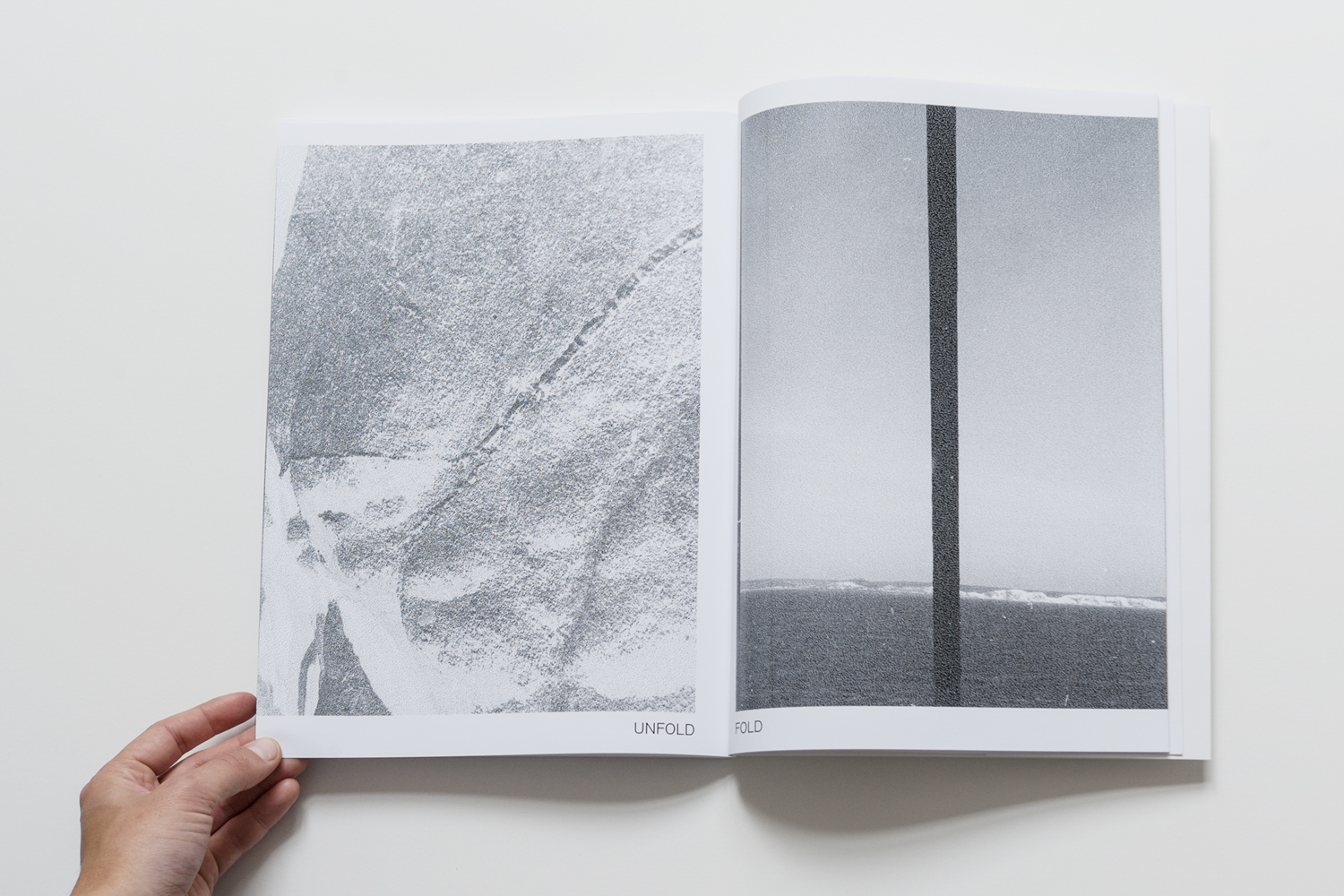

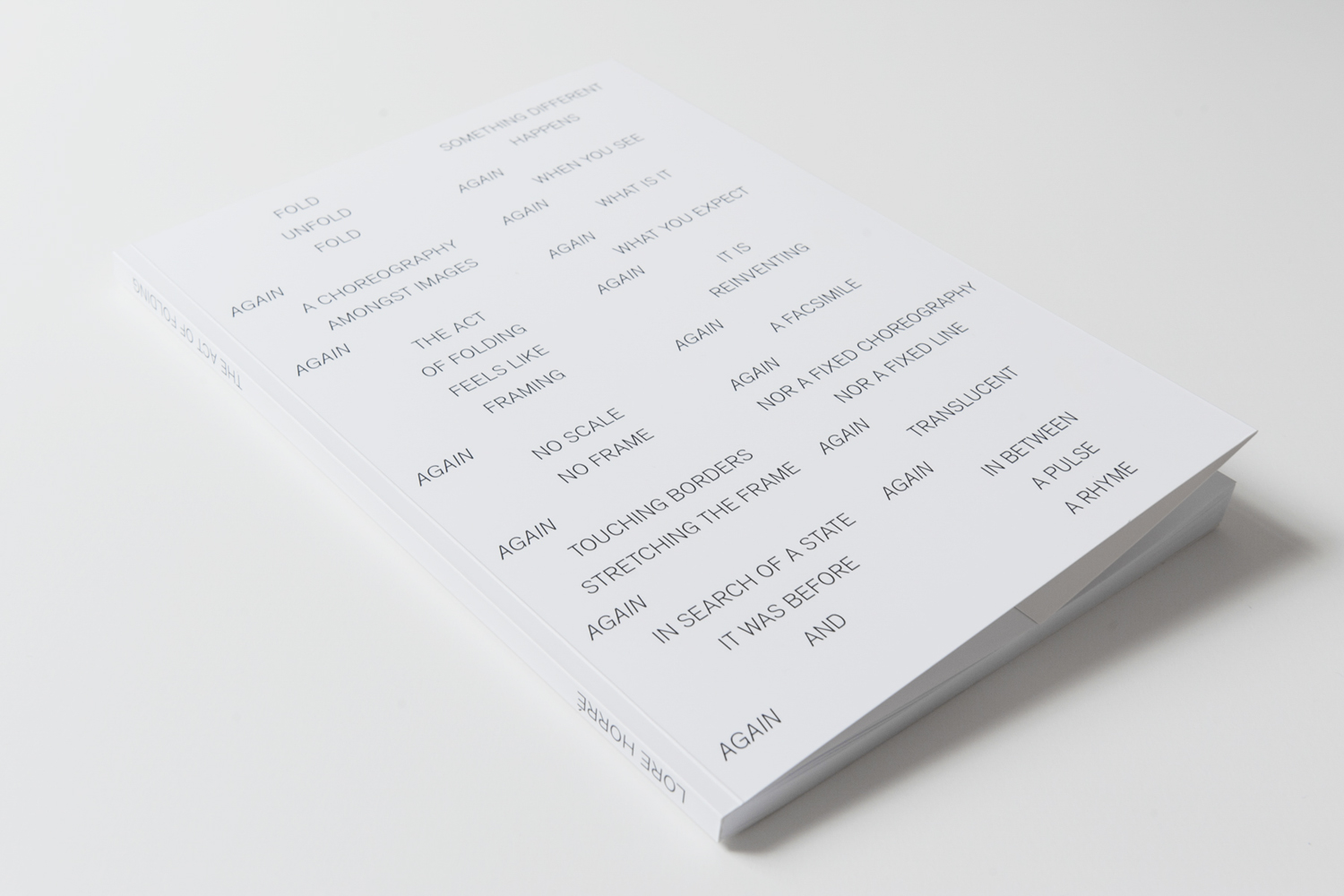
1) The act of folding
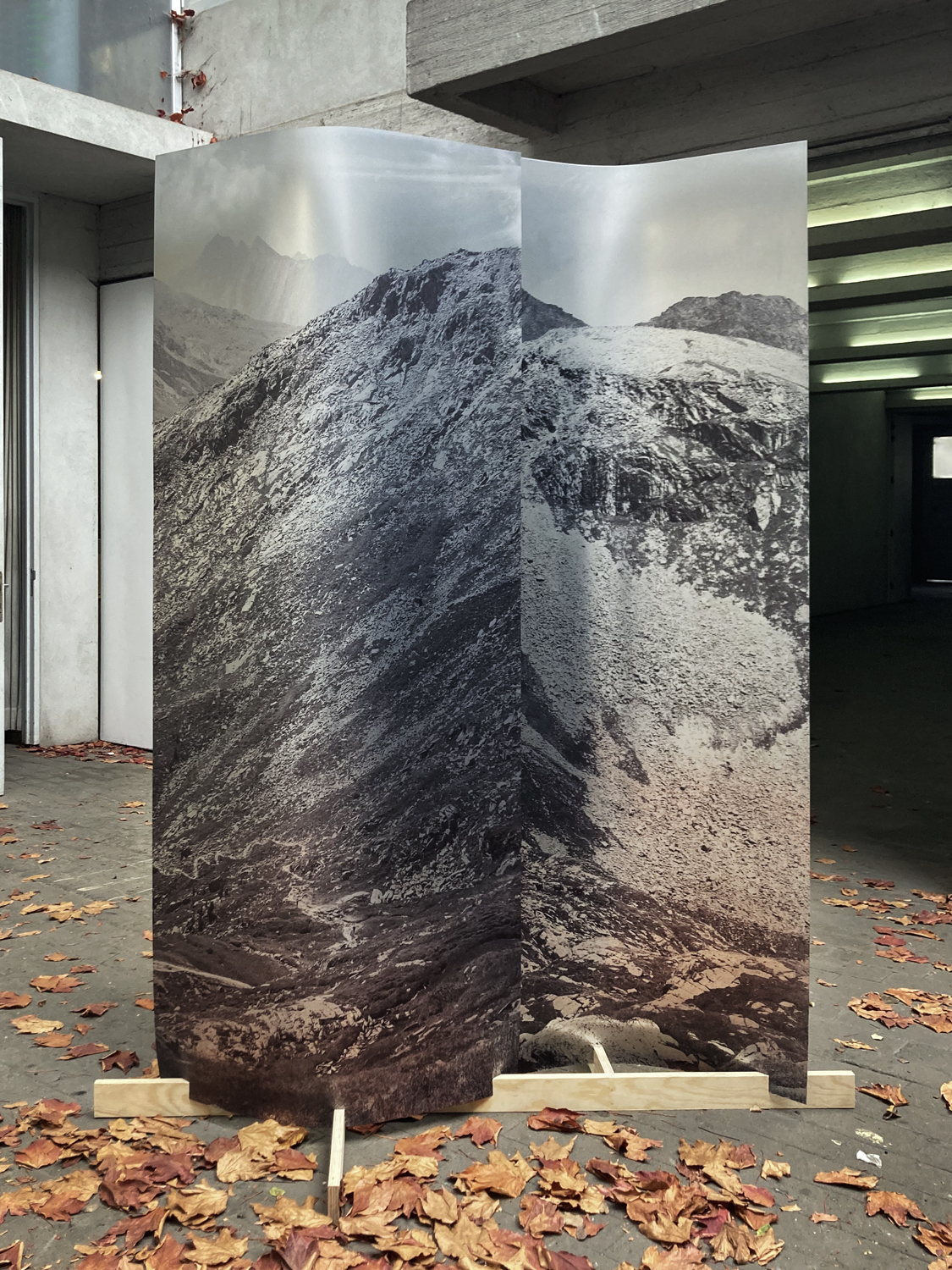
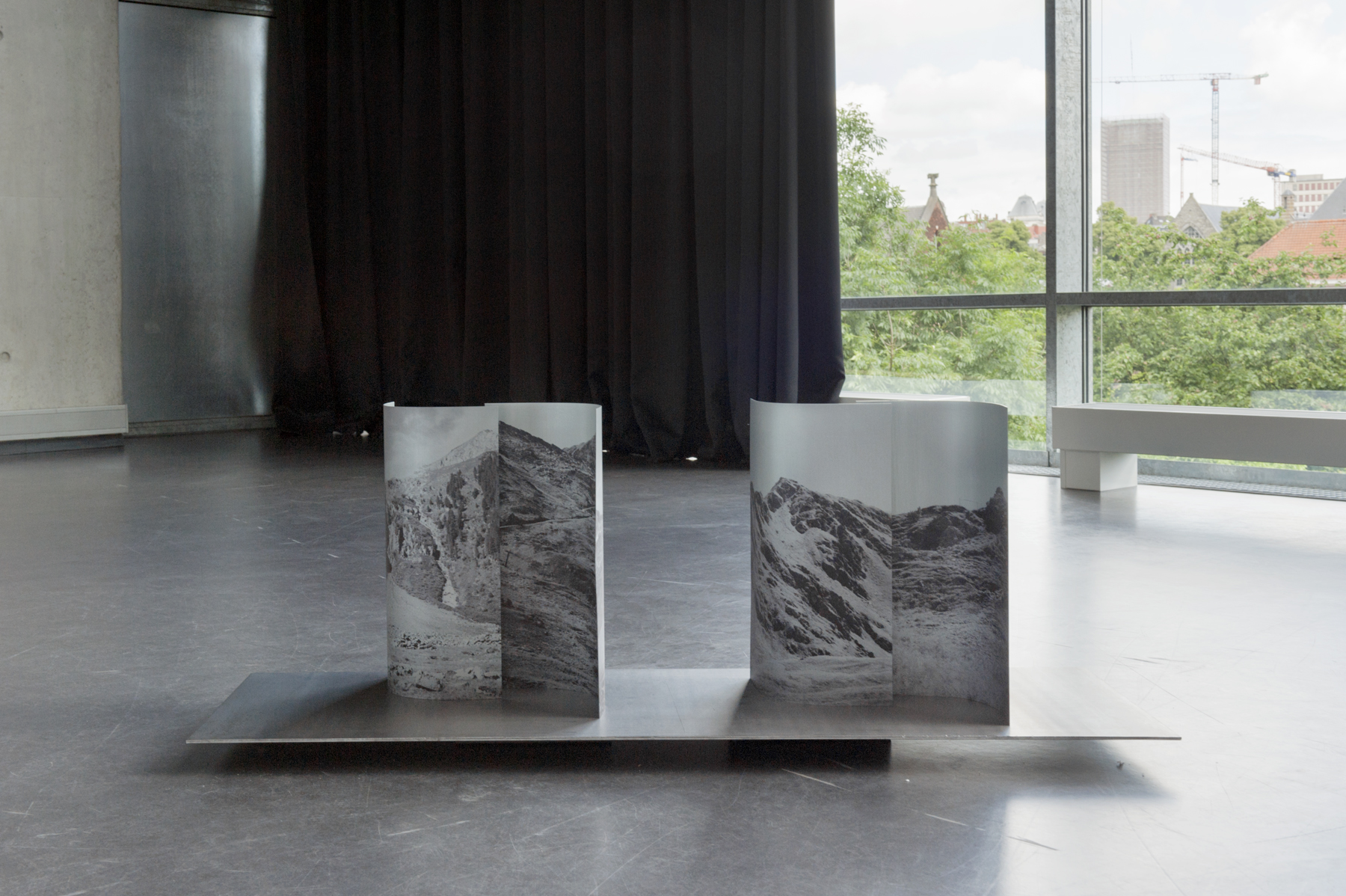
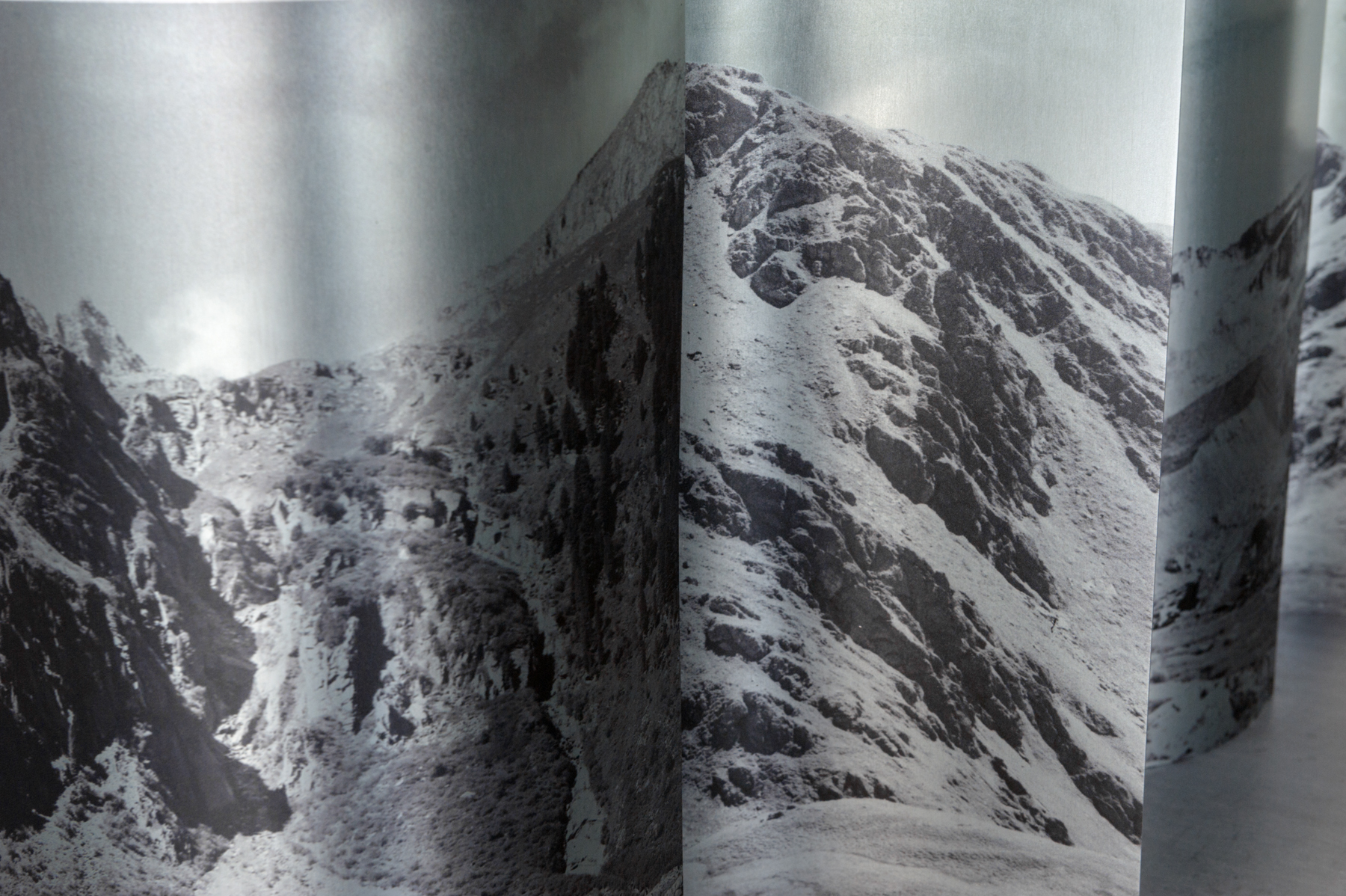
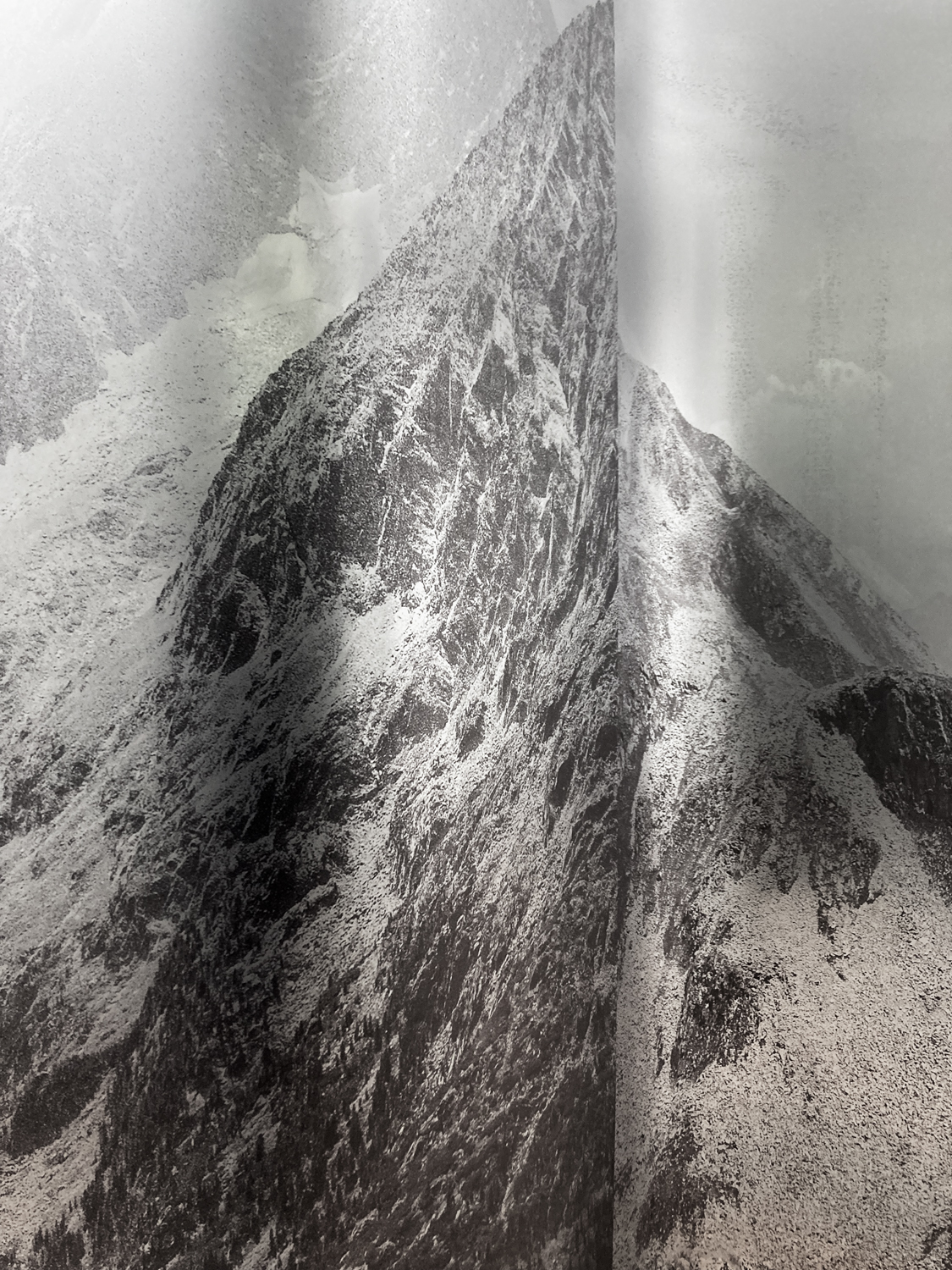
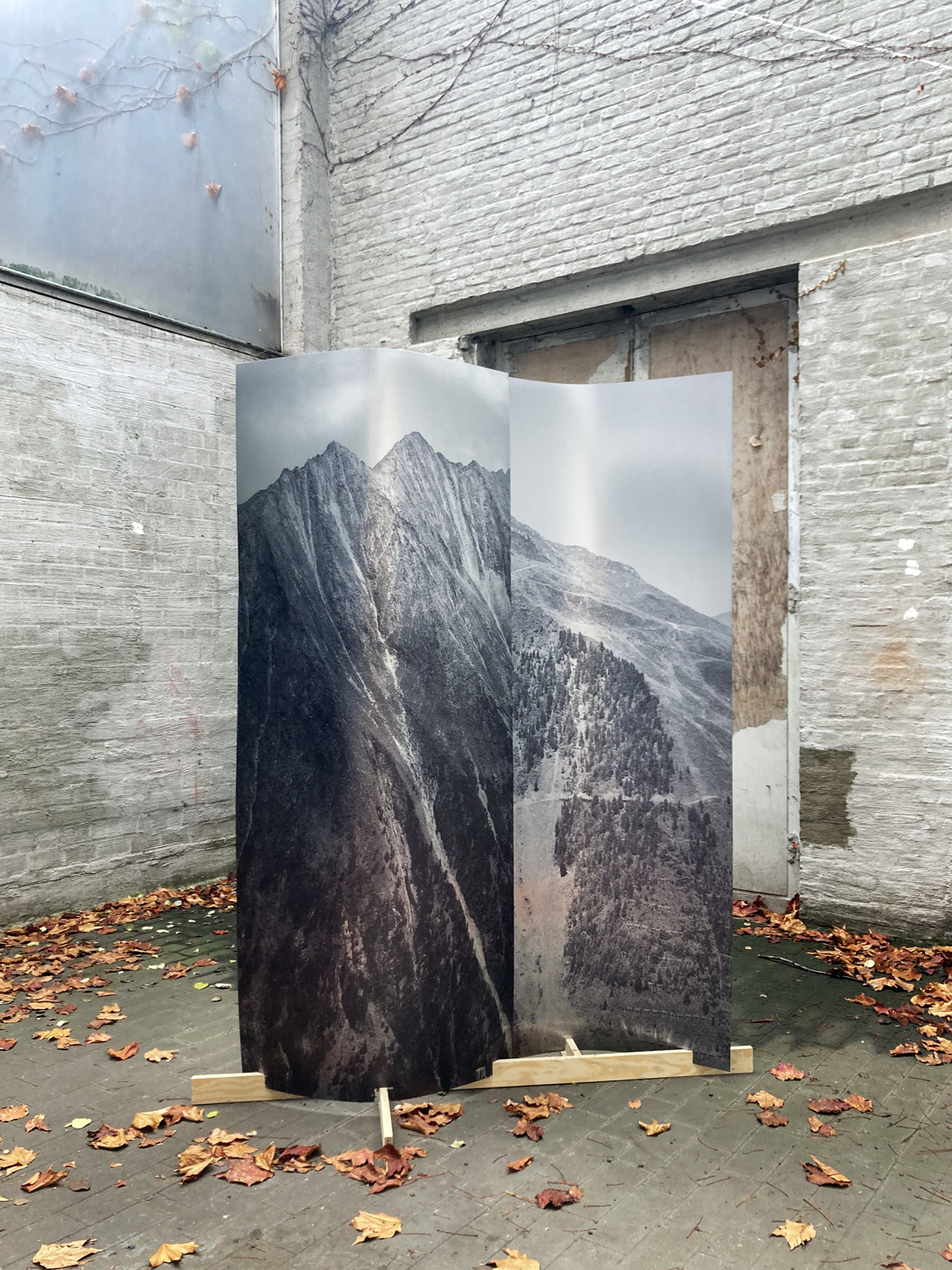

2) A choreography
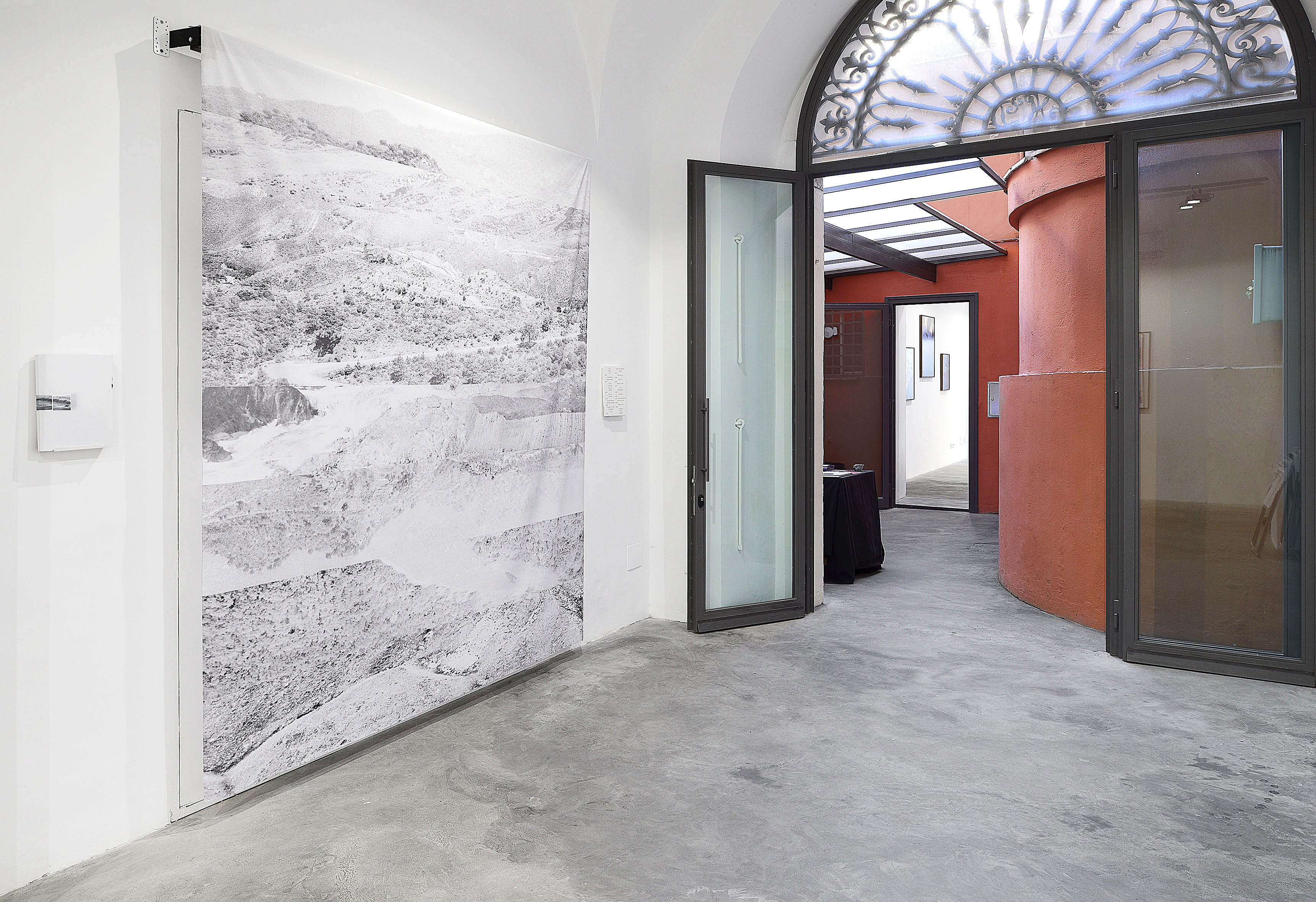
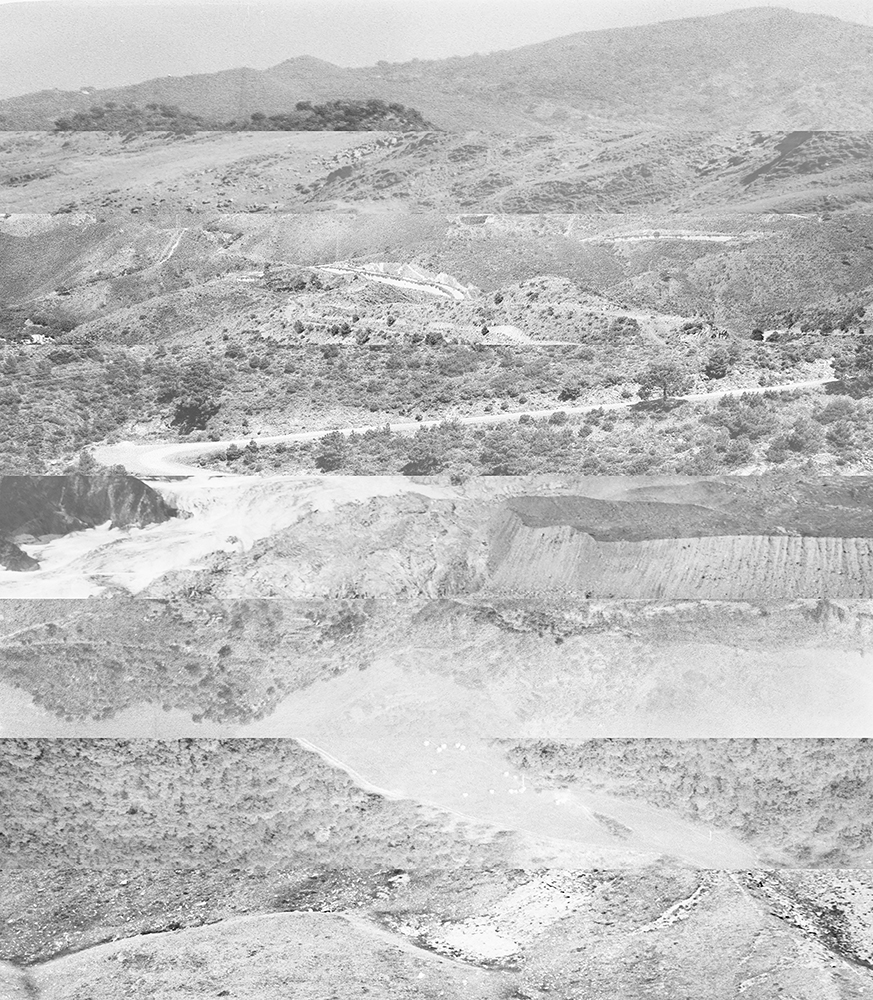
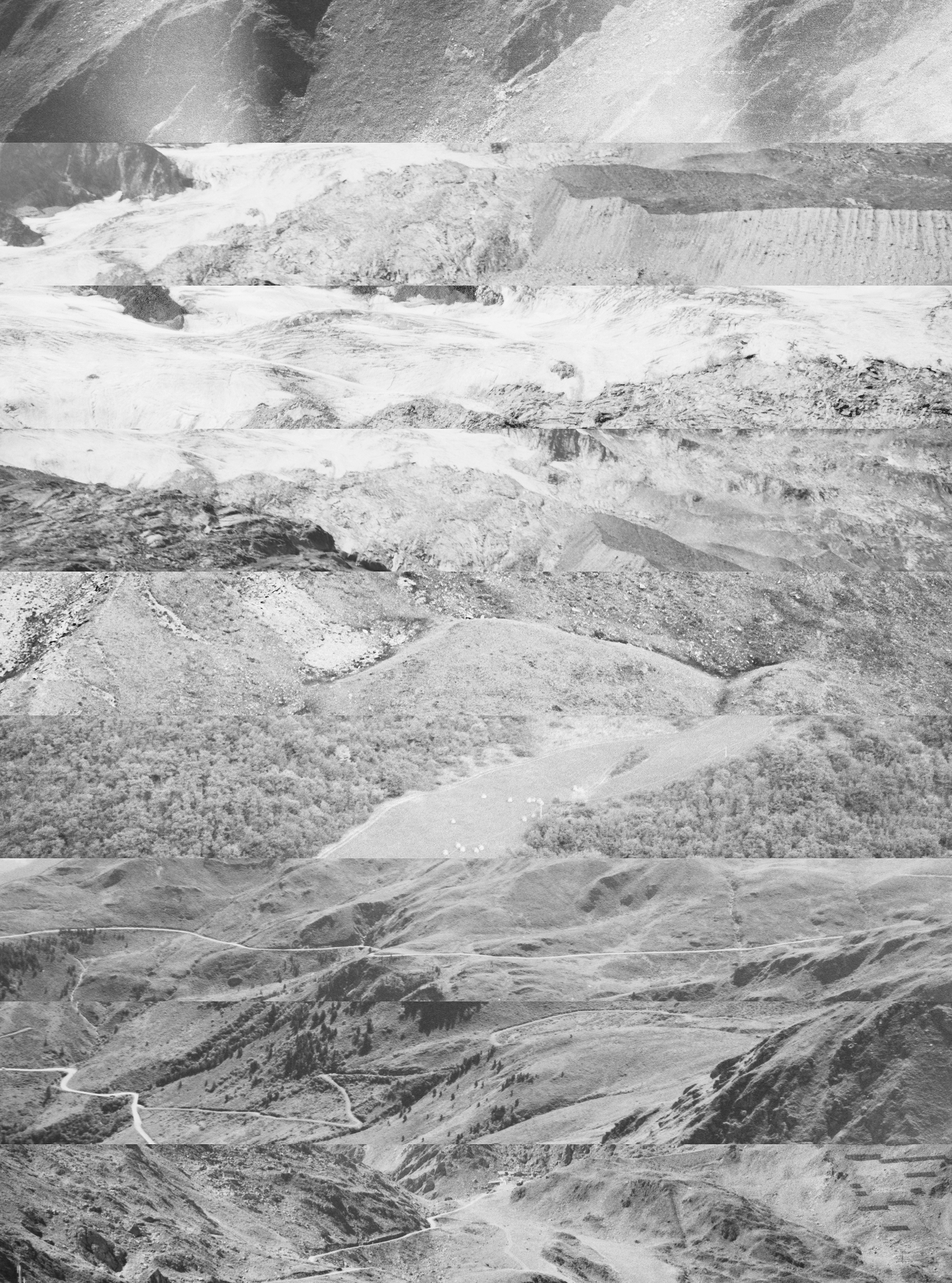
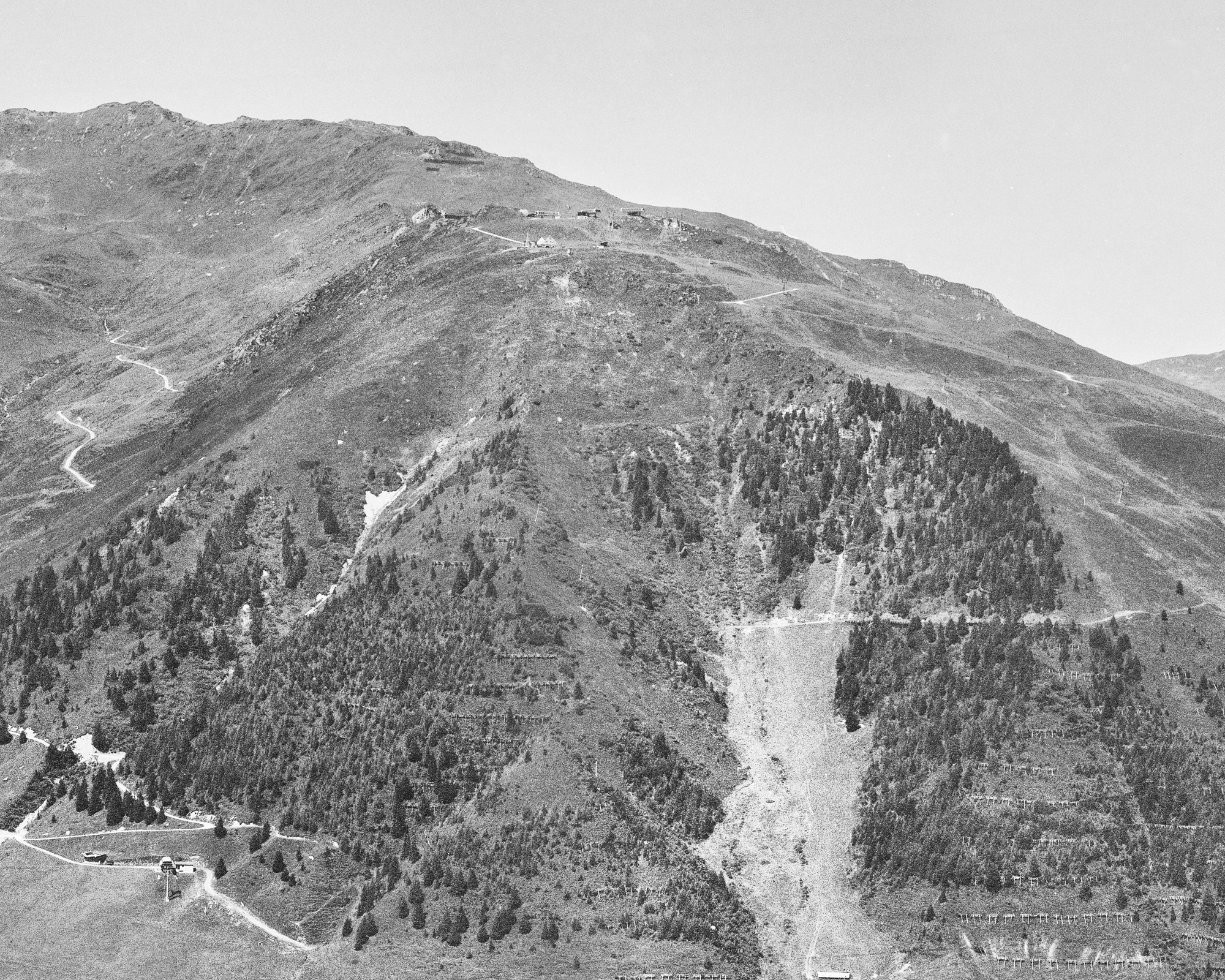
3) Along Sightlines




4) Beyond
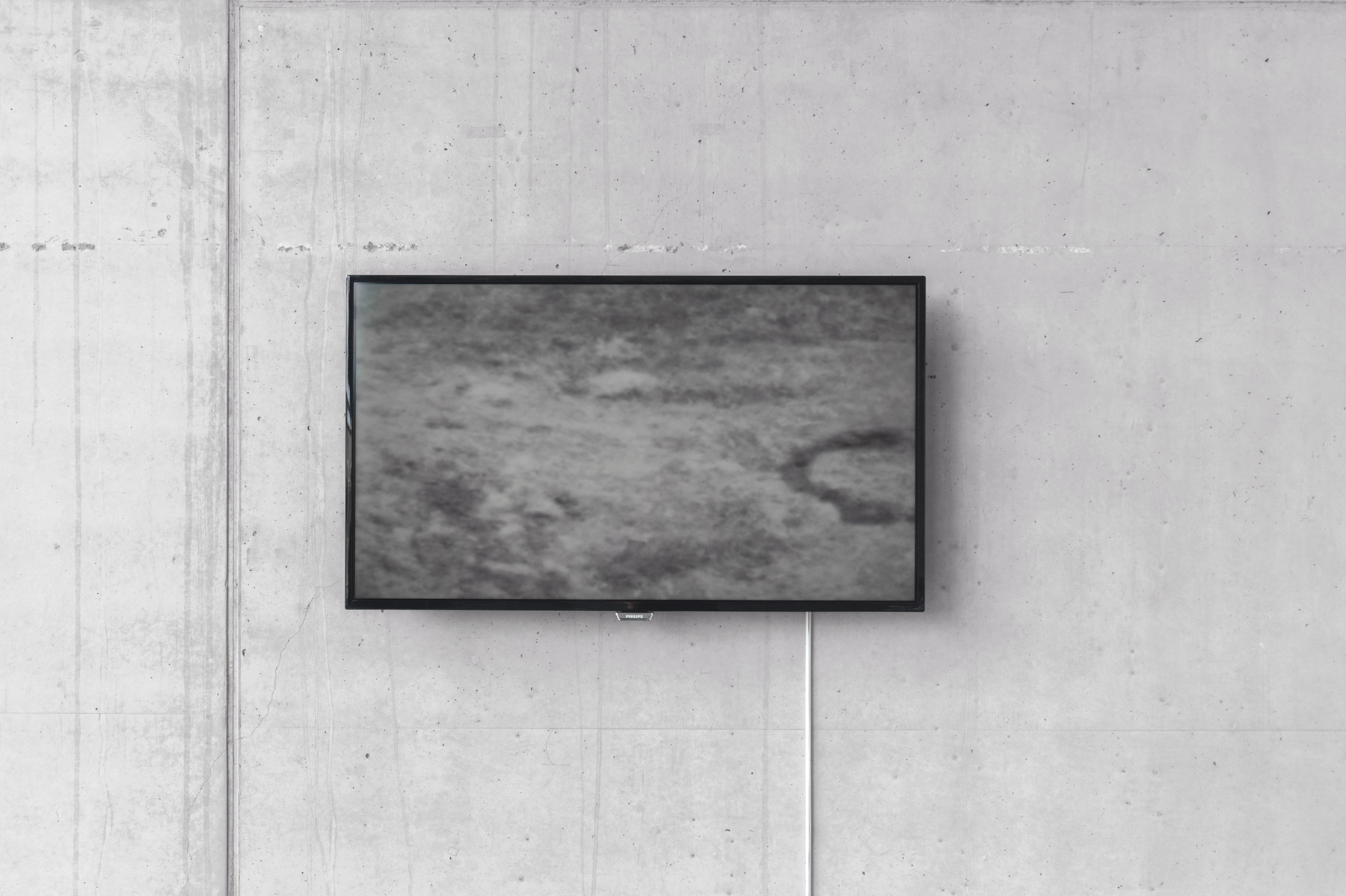
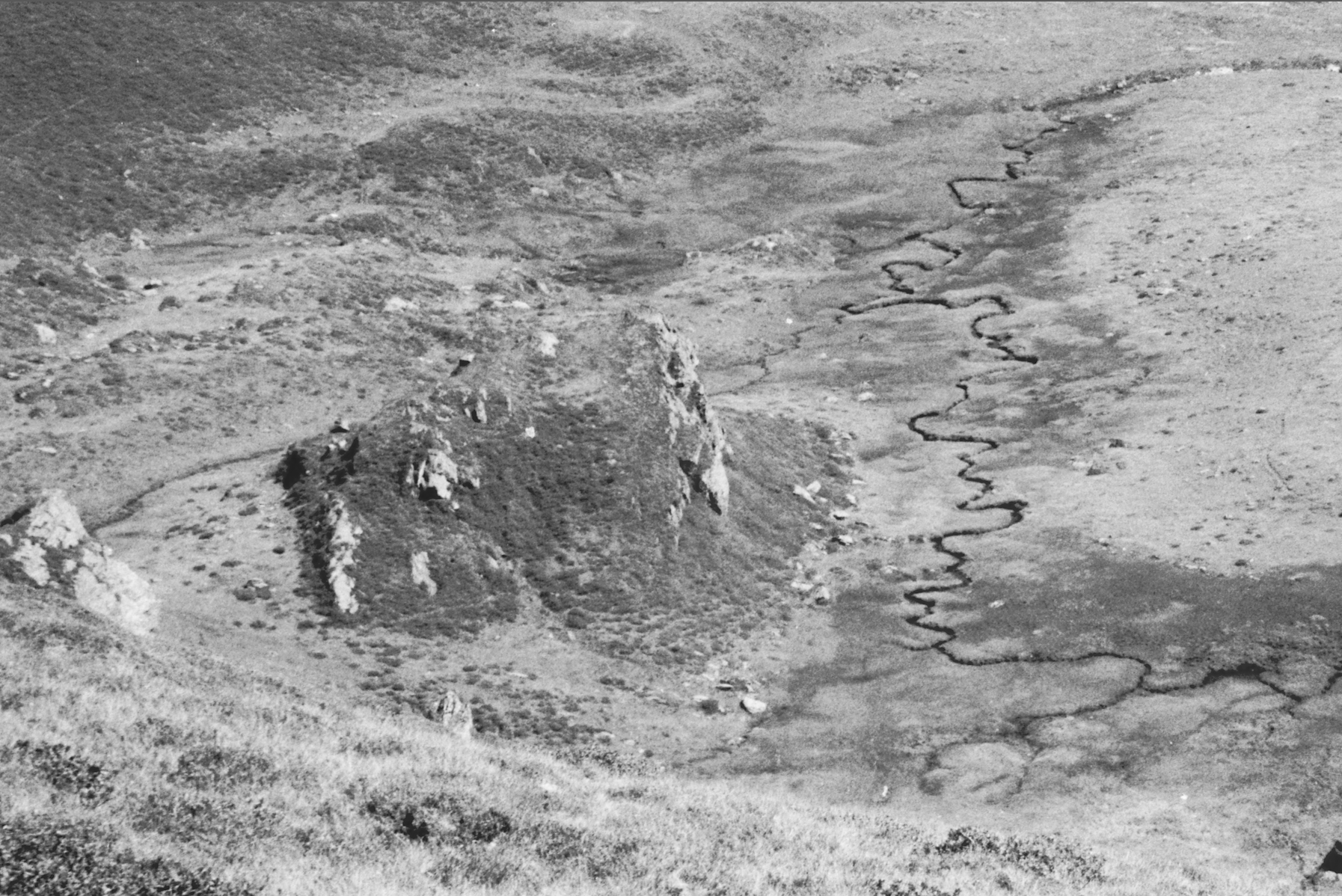
5) A Dance
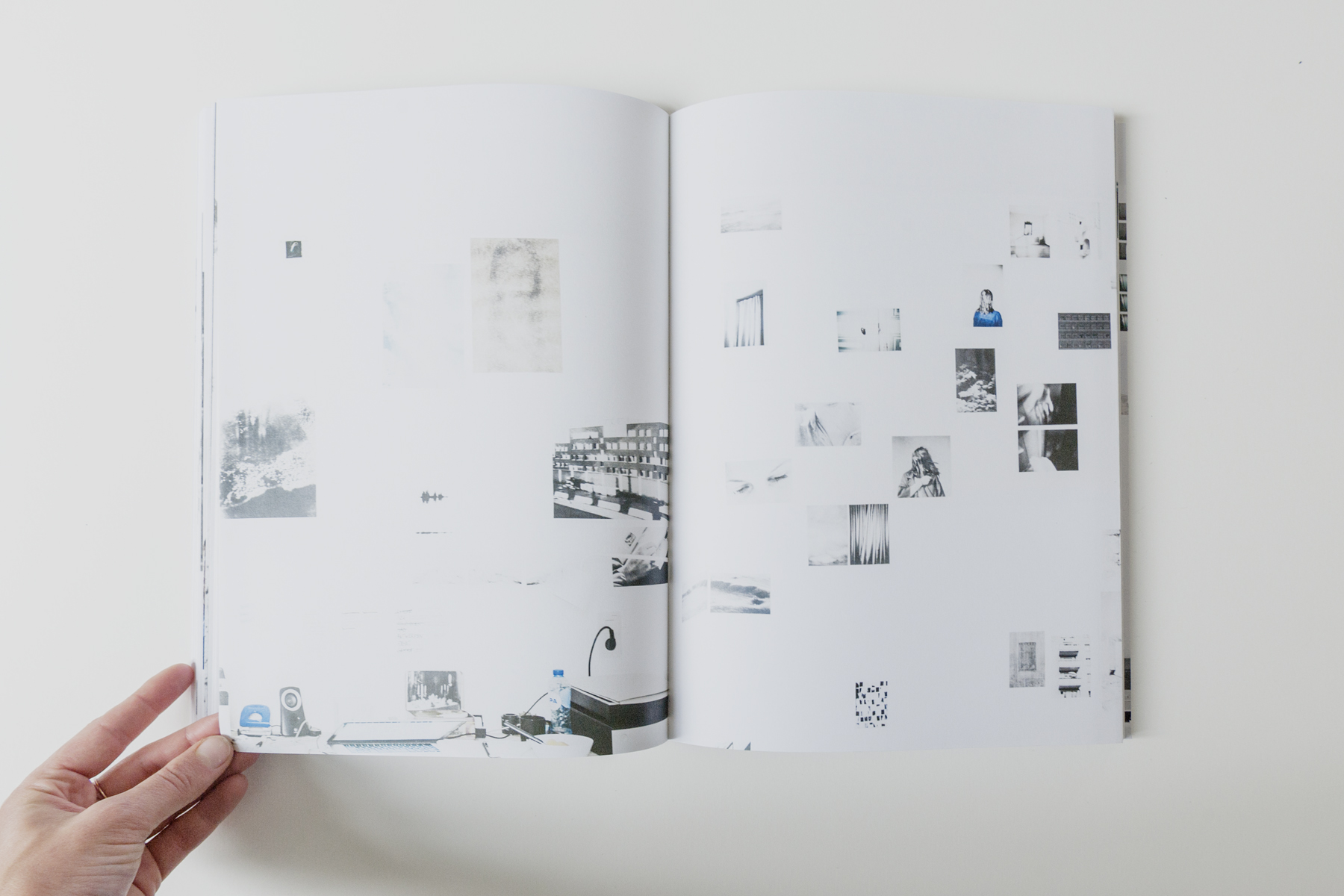
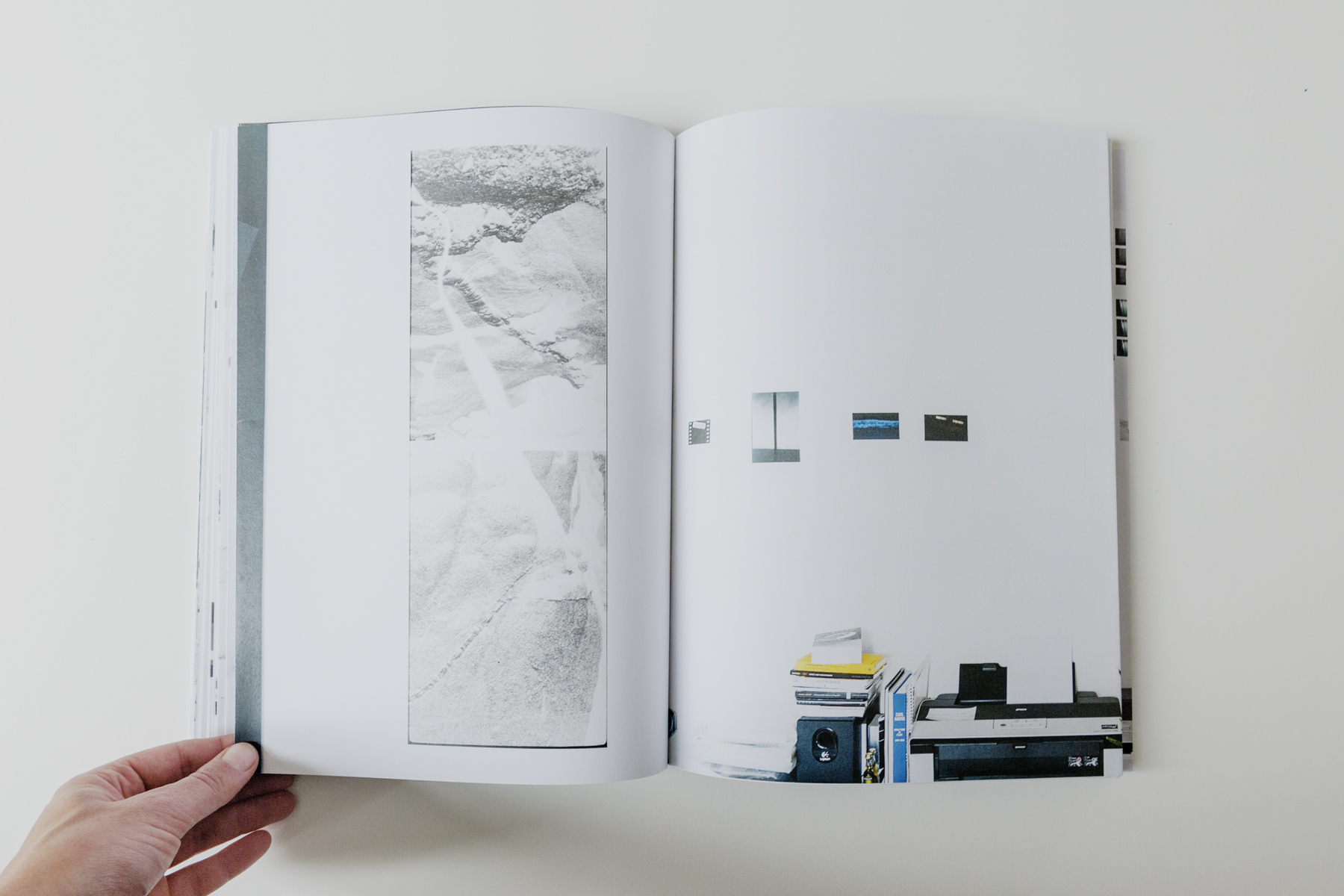
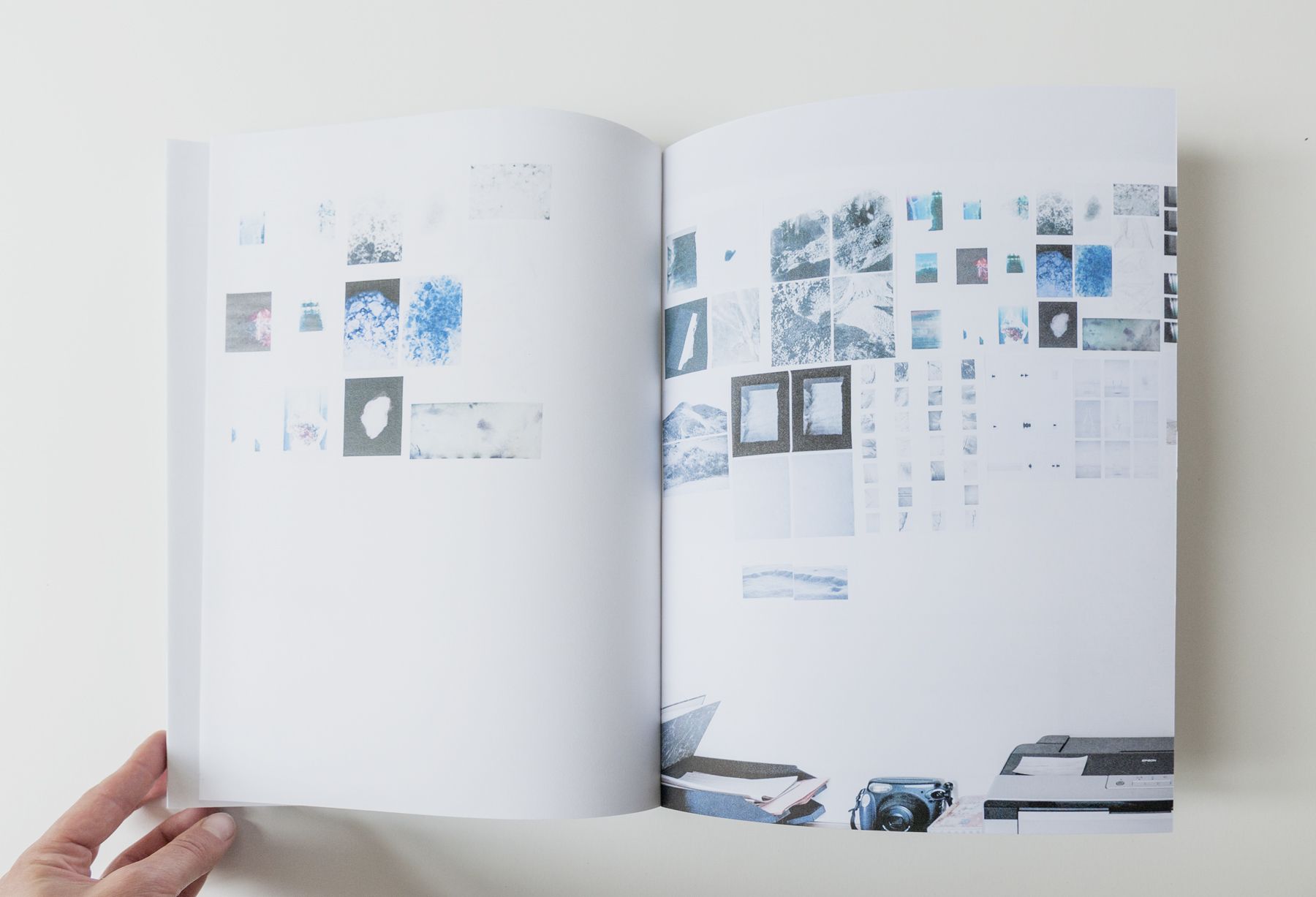

6) Fold Unfold Fold / An Extenstion
The project Fold Unfold Fold Again (A Choreography Amongst Images) began from a deep curiosity about the ways in which an image can appear. This interest lies in the tension between the original context in which a scene is captured and the ways that the image re-emerges: mediated, reshaped, or dislocated. How much can the image change from its source? And which version, if any, should be considered final or definitive?
As I started working on the project, the more questions arose instead of solutions found. This resulted in an ongoing investigation into the status, transformation, and potential of the image. Rather than seeking answers, Fold Unfold Fold Again embraces a constant questioning:
As the project evolved, more questions arose than answers were found. The project does not aim to solve these questions but to stage them. It exists as proposals, not conclusions. Allowing the image to shift, perform, and reappear in multiple guises. Each work functions like a movement in a choreography, with the image as dancer and the space as stage. Like a dancer following a choreographed path, the image is given a stage: a space to shift, move, and transform.
The titles of the individual works are all drawn from a larger text, which functions as a kind of script or score. This text serves as a conceptual backbone for the project: a hybrid of project notes, image translations, and poetic reflections. It is at once a guide, a theory, and a gesture toward understanding the image not as a static object, but as an ongoing event.
As I started working on the project, the more questions arose instead of solutions found. This resulted in an ongoing investigation into the status, transformation, and potential of the image. Rather than seeking answers, Fold Unfold Fold Again embraces a constant questioning:
What does an image really show?
How does it function as a flat object?
How important is its material form?
How does it relate to time and space?
How does it communicate—if it communicates at all?
How should I look at it? Interpret it?
How should you look at it?
How can repetition and variation alter its perception?
As the project evolved, more questions arose than answers were found. The project does not aim to solve these questions but to stage them. It exists as proposals, not conclusions. Allowing the image to shift, perform, and reappear in multiple guises. Each work functions like a movement in a choreography, with the image as dancer and the space as stage. Like a dancer following a choreographed path, the image is given a stage: a space to shift, move, and transform.
The titles of the individual works are all drawn from a larger text, which functions as a kind of script or score. This text serves as a conceptual backbone for the project: a hybrid of project notes, image translations, and poetic reflections. It is at once a guide, a theory, and a gesture toward understanding the image not as a static object, but as an ongoing event.
1) The
act of folding is a book that serves both as a manual and a work in itself. It contains an inventory of all the images generated or used throughout the process of Fold Unfold Fold Again, accompanied by a text that playfully narrates the working process. The book offers insight into the visual logic of the project, inviting the viewer to interpret the works through both image and language.
2) A choreography consists of a series of bent zinc plates. Each plate features images that reveal shifting perspectives through physical folds, creating a dynamic interplay between surface and depth. Placed side by side, the plates form a fragmented yet continuous landscape that transforms as the viewer moves around it. The still images are never truly still, constantly shifting in perception, animated by the viewer’s own movement through space.
3) Along Sightlines is a monumental wall-based composition constructed from fragments of images sourced from entirely different real-world locations. Through rescaling, cropping, zooming, and repositioning, the images converge into a new, imagined landscape. The spatial logic of the work shifts with each step the viewer takes, creating a rhythm of appearance and disappearance.
4) Beyond is a video work that investigates the fixed time of still images in contrast to the fluidity of time in moving image. Built from still frames extracted from a single overhead video recording, the work reorganizes these moments into a new sequence, constructing an alternate experience of time—one that resists linearity and repetition.
5) A dance explores the tension between two-dimensional and three-dimensional space as it exists within a single photograph. The video contains only one still image. Through zooming and overlays, the illusion of motion emerges. The viewer’s eye is tricked, forced to recalibrate its understanding of what it sees—blurring the line between stillness and motion.
6) Fold Unfold Fold / An Extenstion zooms in on the physical working procces of The act of folding. In this book, the images dance on the wall and generate a view in the studio of the photographer,
The images movie, change places, appear, disappear, become bigger or smaller or change colours. By frequently photographing the wall in her studio, Horré on one hand gives an insight in her play with images and working process, but on the other hand provides the viewer a simplified idea about how images can become a stage themselves by looking at them in different ways.
2) A choreography consists of a series of bent zinc plates. Each plate features images that reveal shifting perspectives through physical folds, creating a dynamic interplay between surface and depth. Placed side by side, the plates form a fragmented yet continuous landscape that transforms as the viewer moves around it. The still images are never truly still, constantly shifting in perception, animated by the viewer’s own movement through space.
3) Along Sightlines is a monumental wall-based composition constructed from fragments of images sourced from entirely different real-world locations. Through rescaling, cropping, zooming, and repositioning, the images converge into a new, imagined landscape. The spatial logic of the work shifts with each step the viewer takes, creating a rhythm of appearance and disappearance.
4) Beyond is a video work that investigates the fixed time of still images in contrast to the fluidity of time in moving image. Built from still frames extracted from a single overhead video recording, the work reorganizes these moments into a new sequence, constructing an alternate experience of time—one that resists linearity and repetition.
5) A dance explores the tension between two-dimensional and three-dimensional space as it exists within a single photograph. The video contains only one still image. Through zooming and overlays, the illusion of motion emerges. The viewer’s eye is tricked, forced to recalibrate its understanding of what it sees—blurring the line between stillness and motion.
6) Fold Unfold Fold / An Extenstion zooms in on the physical working procces of The act of folding. In this book, the images dance on the wall and generate a view in the studio of the photographer,
The images movie, change places, appear, disappear, become bigger or smaller or change colours. By frequently photographing the wall in her studio, Horré on one hand gives an insight in her play with images and working process, but on the other hand provides the viewer a simplified idea about how images can become a stage themselves by looking at them in different ways.